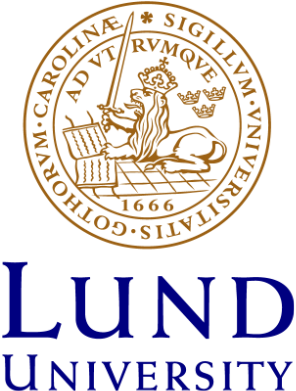Course
Course 15 credits • EUHR12
The European Union (EU) has become almost synonymous with Europe itself. But is this unique form of political collaboration truly “united in diversity”, as its motto claims? The course examines the various fault lines within Europe, with a special focus on the contemporary, enlarged Union, and aims to highlight the relationship between various parts of the continent, separated along historical, cultural, religious, political, and strategic criteria. Old Europe can refer to the nucleus of the EU founding states, as much as to the core cultural points of the Western civilization. New Europe may include the new members of the EU since 2004 or refer to the entire stretch of the Union, which has been transformed in its entirety by the enlargement. Finally, Non Europe is both a contrast with the “outside” (EU’s neighbours, the other state and non-state actors in the international arena) and a definition of the “other within”, for example migrants or minority groups.
The course examines, theoretically and empirically, the significance of these divisions within contemporary Europe, their origins and raisons d’être, and the consequences they carry for the future of Europe as a region. Students are invited to engage in the academic debate about the future of Europe, by analyzing existing scenarios and creatively making their own contribution, based on scientific theories and arguments, to this discussion.
Programme affiliation: Part of Master of Arts Programme in European Studies
Study period:
autumn semester 2024
Type of studies:
full time,
day
Study period:
2024-11-01 – 2025-01-19
Language of instruction:
English
Introductory meeting: Friday, 1 November at 13.15 – 16.00 in SOL:H339
Teachers:
Anamaria Dutceac Segesten,
Mattias Nowak
